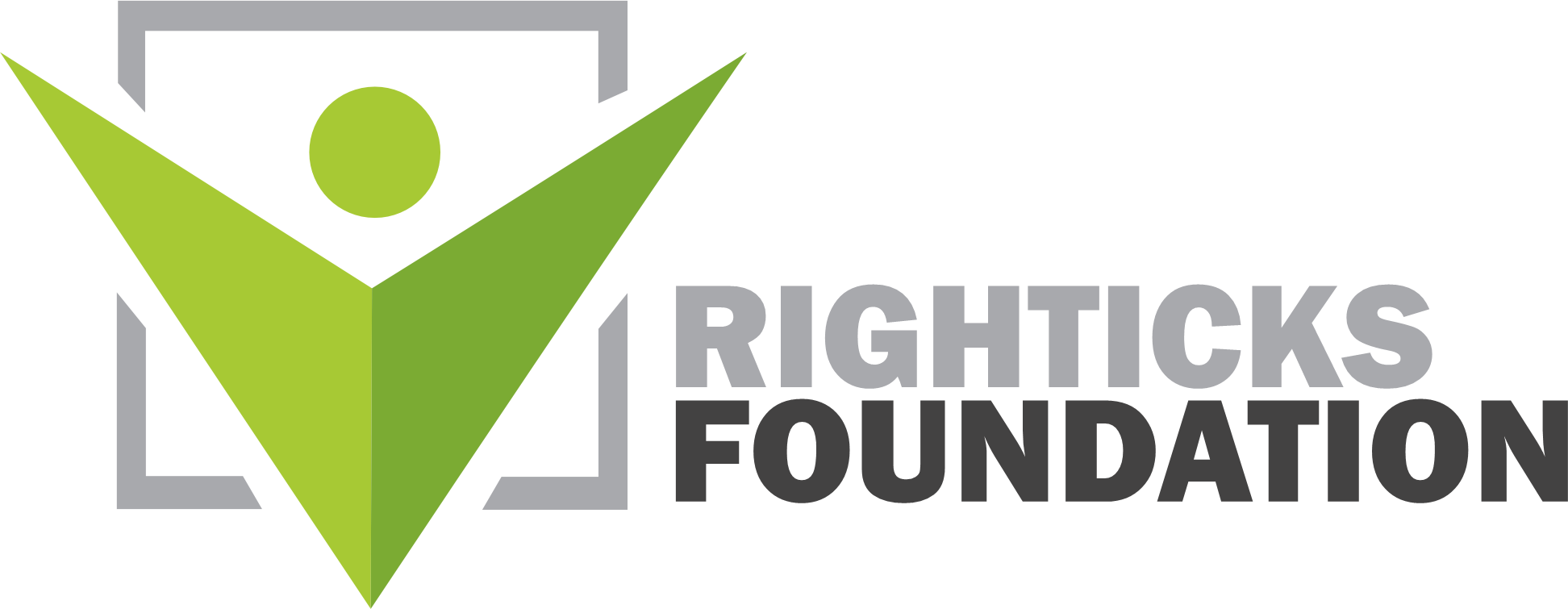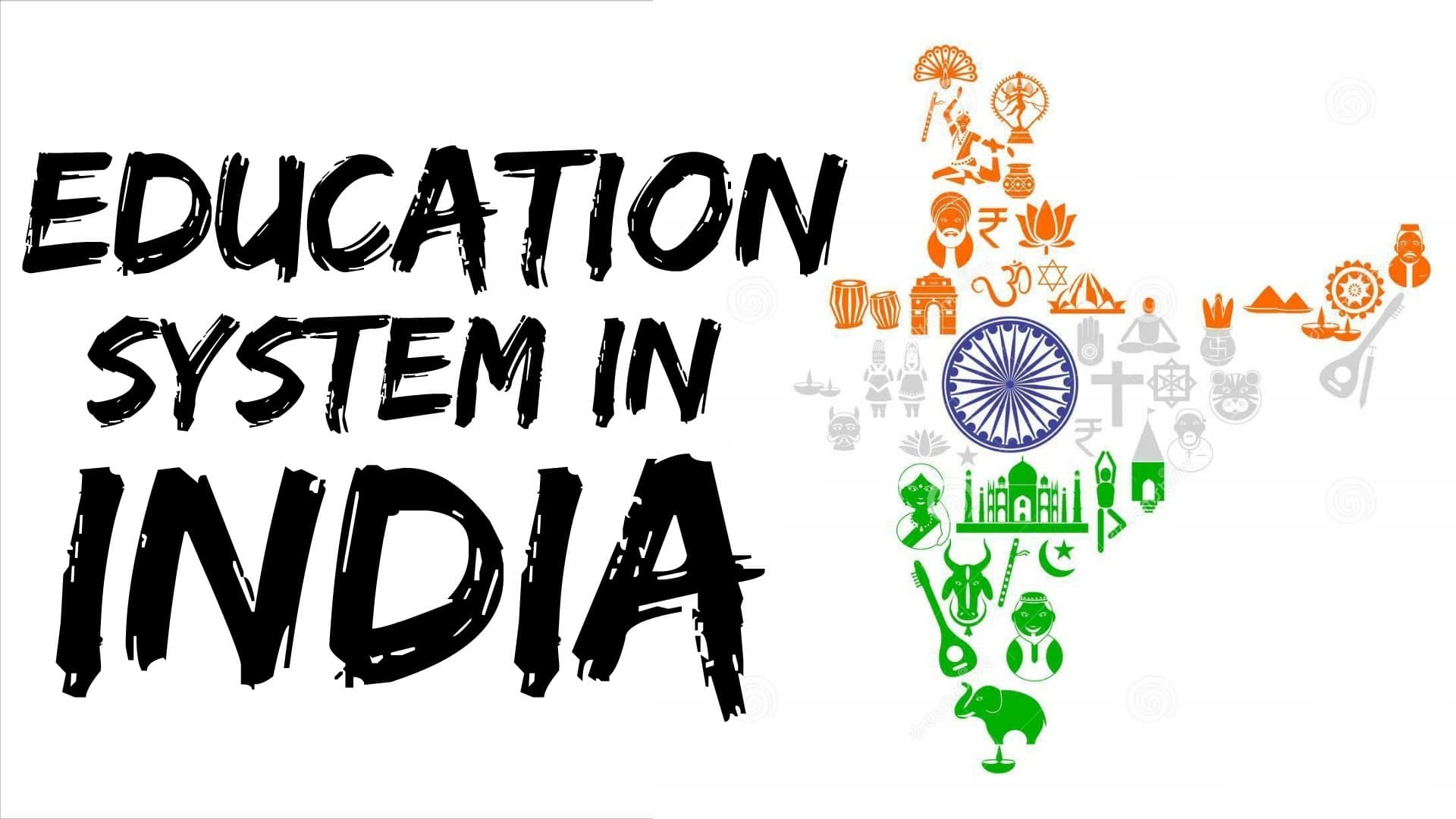In the diverse landscapes of India, achieving equal access to high-quality education remains a significant challenge, with the nation’s educational panorama marked by a intricate tapestry of opportunities and inequalities. While India boasts academic treasures like the Indian Institutes of Technology (IITs) and Indian Institutes of Management (IIMs), many disadvantaged youth continue to grapple with the persistent struggle to attain their fundamental right to education. This article examines the multifaceted hurdles confronted by economically marginalized individuals within India’s educational framework and investigates innovative remedies aimed at narrowing this divide.

The Disparities Faced by the Poor
Lack of Infrastructure:
The underprivileged often find themselves in schools with inadequate infrastructure, lacking basic amenities like clean drinking water, functional toilets, and proper classrooms. These substandard facilities hinder the learning process.
Quality of Education:
In many government-run schools serving poor communities, the quality of education is compromised due to insufficient teaching staff, outdated teaching methods, and a dearth of learning resources. This results in poor learning outcomes.
Socioeconomic Barriers:
Poverty is a significant obstacle to education. Families struggling to make ends meet often prioritize earning over education. Children from such families often end up working to support their families instead of attending school.
Gender Disparities:
Gender discrimination persists in India’s education system. Girls from impoverished backgrounds often face barriers to accessing education due to societal norms, safety concerns, and a lack of facilities.
Solutions for a Brighter Future
Improving Infrastructure:
Investing in the enhancement of school infrastructure in underprivileged communities is imperative. The provision of clean drinking water, operational restroom facilities, and adequately ventilated classrooms fosters an optimal learning environment. Leveraging public-private partnerships can effectively pool resources to support this cause.
Quality Teacher Training:
Ensuring teachers in government schools receive regular training, use modern teaching methods, and have access to updated educational materials can significantly improve the quality of education in these institutions.
Scholarships and Financial Support:
“Scholarships, grants, and financial rewards have the potential to inspire disadvantaged children to actively seek an education, addressing not only tuition costs but also essential items such as textbooks and uniforms.
Community Engagement:
Engaging local communities in the education system has the potential to yield improved results. When communities actively participate, it can enhance attendance, diminish dropout rates, and foster a sense of ownership within the educational journey.
Promoting Gender Equality:
Efforts aimed at advancing gender equality in education should prioritize the establishment of secure learning spaces, fostering consciousness, and offering motivations to encourage families to enroll their daughters in school. The education of girls transcends mere social equity; it represents an investment in a more promising future for everyone.
Conclusion
The imperative of our times demands a profound transformation in the Indian education system for underprivileged children, guaranteeing every child, irrespective of their economic circumstances, equal access to top-notch education. Closing the chasm between the advantaged and disadvantaged isn’t just a matter of morality, but a vital economic requirement for a nation aspiring to advance. Tackling concerns regarding infrastructure, educational quality, and social inclusivity can chart a course toward a more promising and fairer future for all members of our society.
Read More:-Empowering Minds: Bridging The Educational Divide For Quality Learning Opportunities
Read More:- A COMPREHENSIVE EXPLORATION OF THE CONCEPT OF LEARNING

